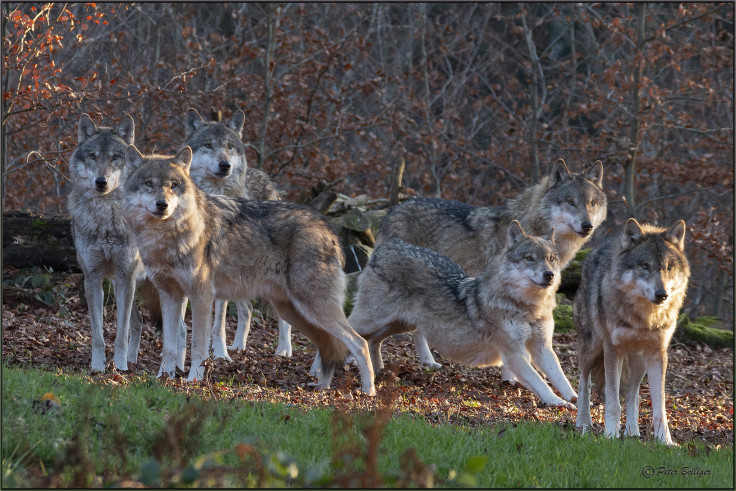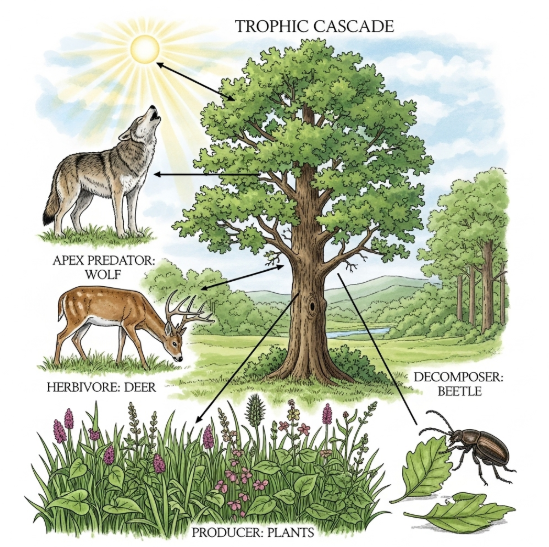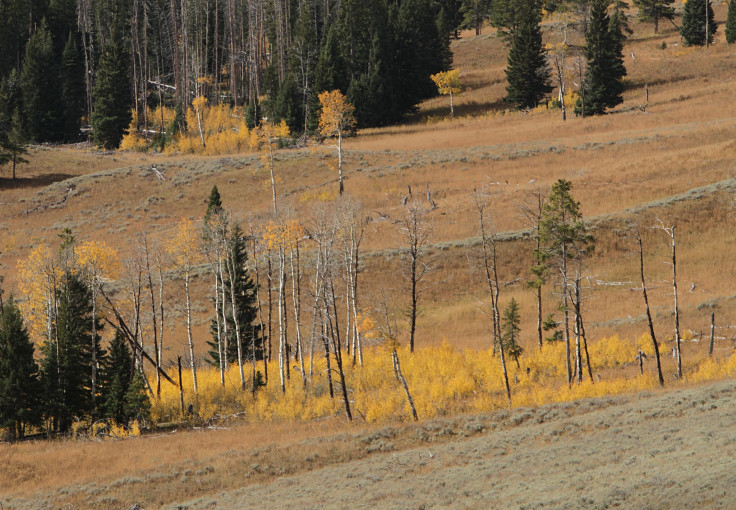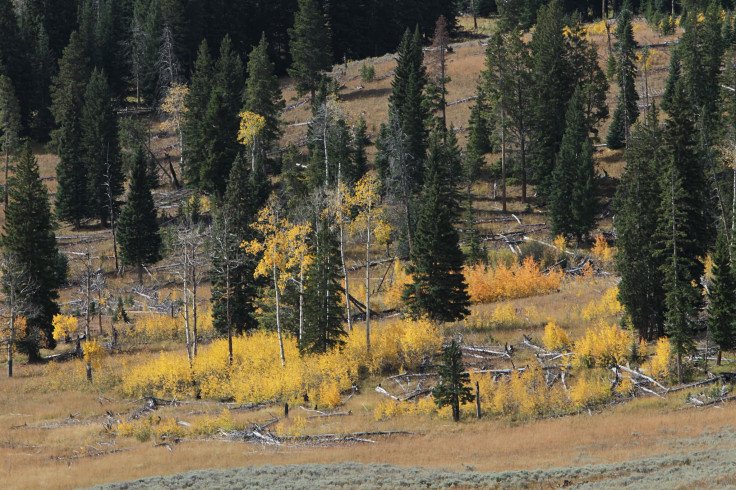Nature's Great Reset: How Grey Wolves Helped Revive Yellowstone's Dying Aspen Forests After 80-Year Absence
Wolves, elk, and the comeback of aspen trees: how yellowstone's rewilding sparked a cascade of ecological change

In one of the most remarkable ecological comebacks in modern conservation, grey wolves—reintroduced to Yellowstone National Park in 1995—have played a key role in regenerating aspen forests that had gone dormant for over 80 years.
A new study published in Forest Ecology and Management reveals that, decades after stagnation, nearly one-third of aspen stands in Yellowstone's northern range now contain thriving tall saplings—contrasting sharply with the 1990s, when not a single tall sapling was recorded.
Between 1998 and 2021, researchers observed a 152-fold increase in sapling density across the studied sites.
The Trophic Cascade: How Wolves Changed the Terrain

This ecological resurgence is what scientists refer to as a 'trophic cascade', where the return of apex predators restructures the entire food web.
When wolves came back, elk—once numbering as many as 18,000—fell to around 2,000. More significantly, their behaviour shifted. With predators now present, elk began avoiding open spaces and riparian zones where aspen saplings typically emerge, resulting in less grazing pressure and greater seedling survival.
The result: aspens once suppressed by overgrazing are now regenerating naturally, with many stands showing healthy, tall saplings.
Signs of Resilience Across the Landscape
Aspen saplings are now not only present but thriving. In one-third of the studied sites, tall saplings (with trunks over 5 cm in diameter at breast height) are well-established—a condition that had virtually vanished for decades.
An additional one-third show partial recovery, while the remainder still suffer from grazing, particularly where elk or bison browsing remains intense.


Beyond aspen itself, the forest appears to be healing in broader ways.
The returning aspen supports biodiversity, encouraging growth of berry-producing shrubs, providing nesting sites for cavity-nesting birds, and offering materials and habitat for species like beavers.
The resurgence of these woodland areas also fosters richer understorey plant life and complex habitat structure.
More Than a Fairy Tale: Measurable Restoration
Dr Luke Painter, lead author and ecologist at Oregon State University, said: 'The reintroduction of large carnivores has initiated a recovery process that had been shut down for decades. About a third of the 87 aspen stands we examined had large numbers of tall saplings throughout, a remarkable change from the 1990s when surveys found none at all.'
This restoration isn't attributed to climate alone. Evidence shows that aspen recovery occurred even amidst regional drought and warming, pointing clearly to reduced browsing, rather than changes in temperature or moisture, as the critical stimulus.
A Dynamic Ecosystem Still in Transition
Despite this success, ecologists caution that recovery is not universal. Some aspen stands remain stagnant due to continued bison grazing, and regrowth is still fragmented in places.
Moreover, not all scientists are convinced wolves alone are responsible. A 2024 study by Colorado State University concluded that while predators catalyse change, full recovery may take decades and depend on multiple variables.
Wolves as Ecosystem Engineers
Yellowstone's wolf reintroduction stands as a striking example of how reestablishing apex predators can spark profound, far-reaching ecological recovery. Aspen regeneration signals a broader resurgence in biodiversity, habitat diversity, and environmental balance.
As Dr Dominick Spracklen of the University of Leeds explains:
'There is an increasing acknowledgement that the climate and biodiversity crises cannot be managed in isolation.'
'We need to look at the potential role of natural processes such as the reintroduction of species to recover our degraded ecosystems, and these in turn can deliver co-benefits for climate and nature recovery.'
In essence, Yellowstone's forest renewal is not merely a forestry success—it's a vivid demonstration of how top-down forces in nature shape and sustain the complexity of life.
© Copyright IBTimes 2025. All rights reserved.





















